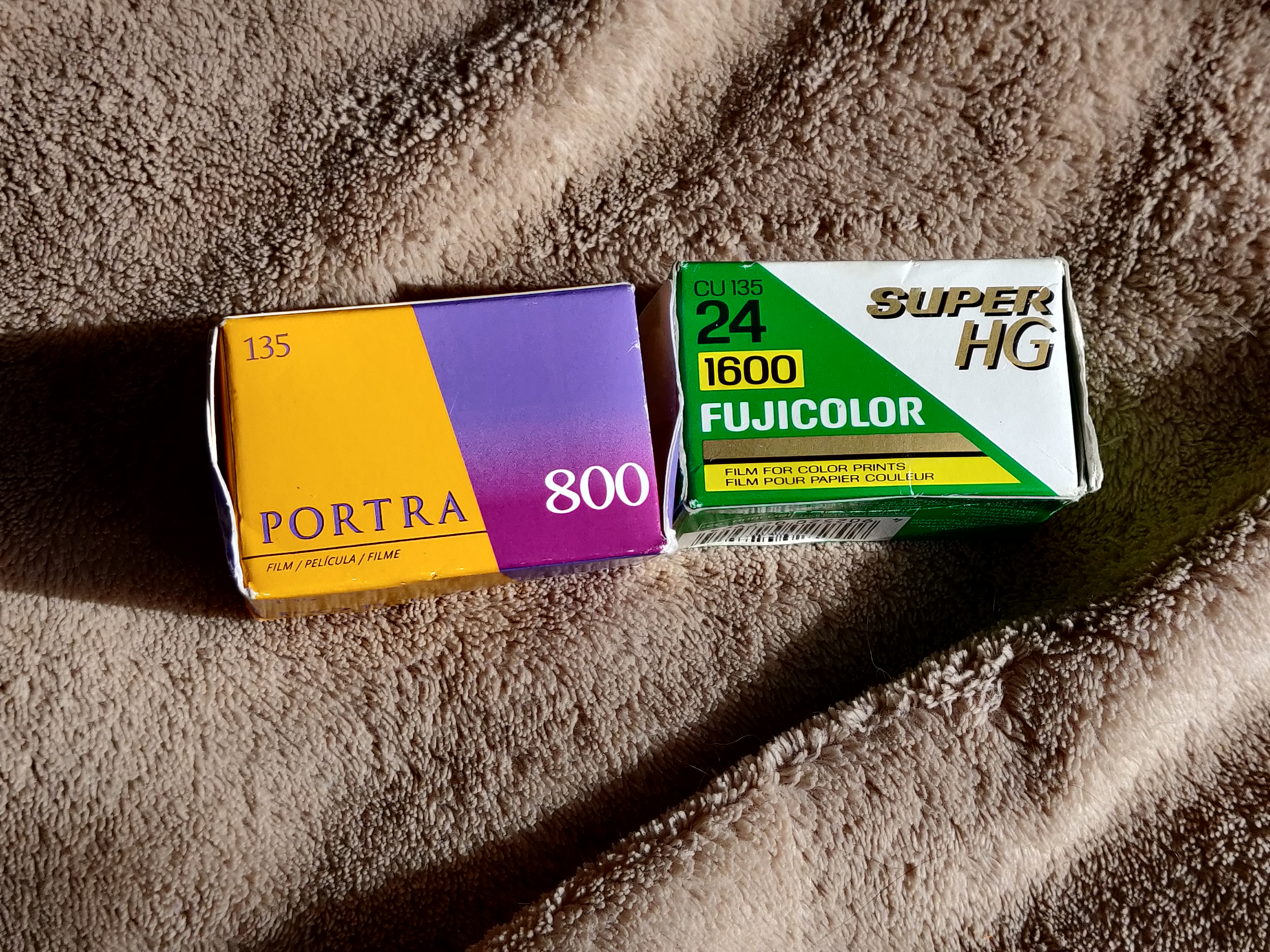
Film photography, with its rich tones and timeless appeal, has been making a robust comeback in recent years. I've seen many people go back to or pick up some of the best film cameras out there for the first time, longing for the unique qualities of the medium.
However, one common misconception that deters many enthusiasts is the belief that it is prohibitively expensive. While it's true that some aspects of film photography can be costly, there are several ways to make it a more affordable and enjoyable hobby or profession.
I've recently been shooting more film again and I feel that, if analog users are willing to learn some of the "old-ways" – taking advantage of bulk-loading film, developing and scanning film at home, and exploring new budget-friendly cameras – they can significantly cut down on costs and make film shooting a more pleasant and cost-effective experience.
Below I have listed four steps on how you can save money when going analog, from someone who shoots film more than using his digital cameras…
Bulk-loading film
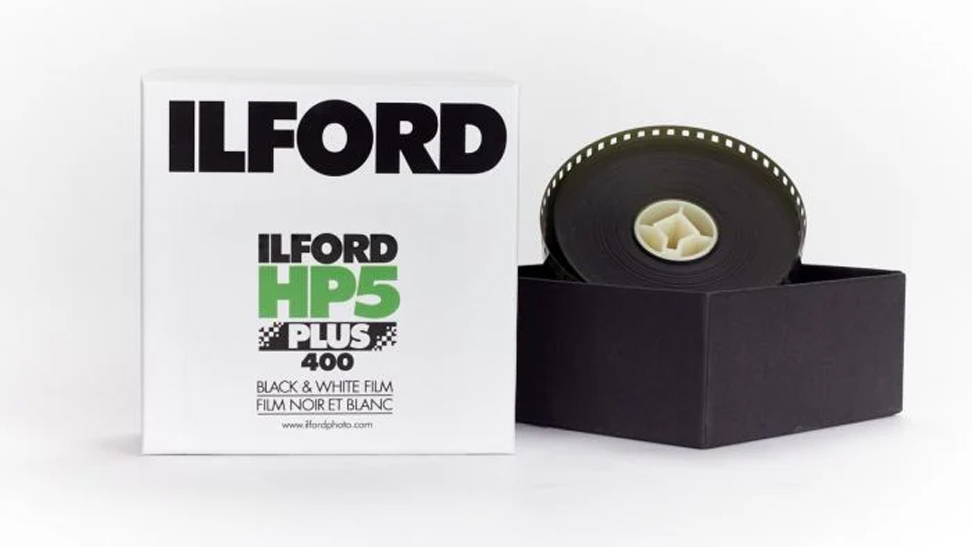
I think one of the most effective strategies to manage the cost of film photography is by bulk-loading your film. Rather than purchasing pre-packaged rolls of film, from the likes of Ilford or Kodaka, you can buy film in bulk and load you own canisters at home.
This process involves buying a large roll of film, typically around 100 feet, and using a bulk loader to distribute it into reusable film canisters – or older, used metal film canisters. (Another small tip to save you buying plastic reusable canisters: ask a local lab for some used metal ones – they should give you them for free, and they are better quality than the plastic ones.)
Bulk-loading has several benefits. First, it dramatically reduces the cost per roll. A 100-foot bulk roll of film costs the same as 5 or 6 pre-packaged rolls of Ilford HP5 or Fomapan 400, for example, but can yield up to 18 to 20 rolls when loaded at home.
This not only lowers the price per roll to around $2 each (depending on the film stock) but also gives photographers the flexibility to load custom lengths, which can be particularly useful for specific projects or experimentation with different exposures. I often load a mixed bag of 24- and 36-exposure rolls.
Furthermore, bulk-loading enables photographers to try out different film stocks without committing to the higher costs of pre-packaged rolls, thus encouraging creative exploration without breaking the bank – and if you want to save even more money, you can also try out 16-foot tins!
Home development
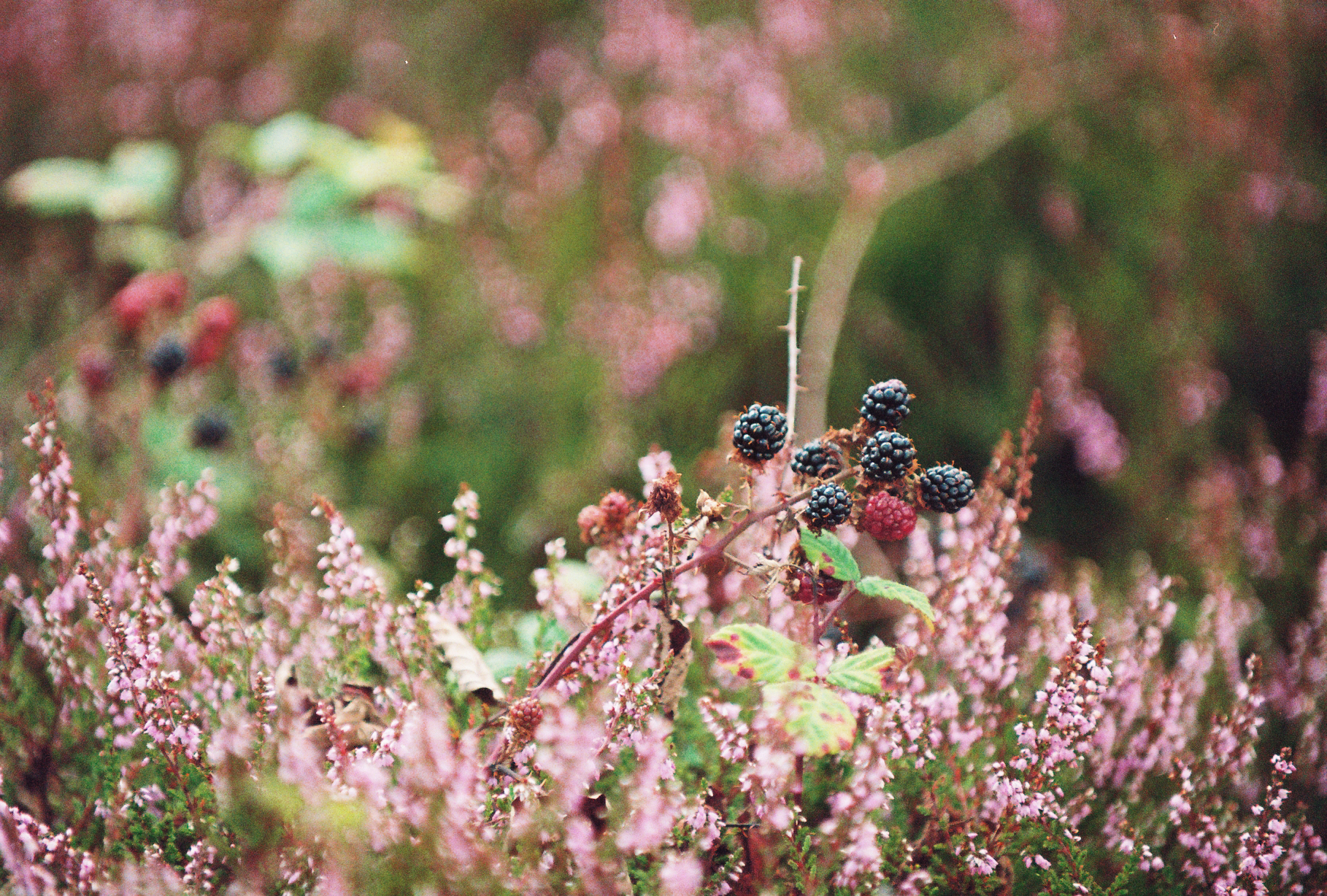
Developing film at home is another excellent way to save money and enhance the experience. Many photographers rely on professional labs for developing and scanning their films, but this service can be quite expensive – especially for those who shoot frequently. By learning to develop film at home, photographers can reduce costs significantly.
Home development requires an initial investment in equipment such as tanks, reels, and chemicals, but these items can be reused multiple times, making them cost-effective in the long run.
The process also offers greater control over the final image, enabling photographers to experiment with development times, temperatures and chemical mixtures to achieve desired results. Furthermore, developing at home eliminates the need for scanning services from labs, as photographers can digitize their negatives using a film scanner or even a DSLR or mirrorless camera.
This not only saves money but also provides more flexibility in terms of resolution and file management. For those new to home development, there are plenty of online tutorials and community forums to provide guidance and support.
Affordable camera options
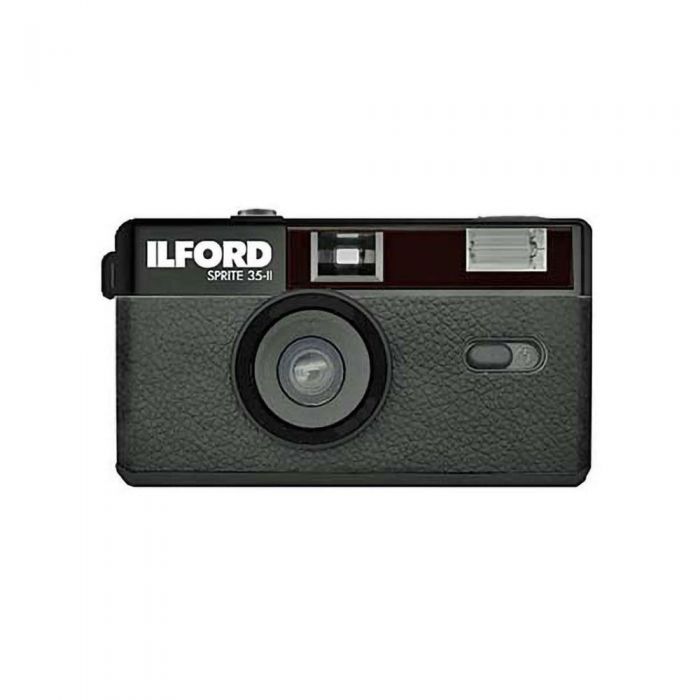
Contrary to the notion that film photography requires expensive equipment, there are numerous affordable camera options available today.
New half-frame cameras, for instance, offer a cost-effective way to explore film photography (maybe the Pentax 17 if you don't mind the initial outlay for a new camera) – these cameras capture two images on a single frame of 35mm film, effectively doubling the number of shots per roll. This not only extends the life of each roll but also reduces the cost per shot, making it an attractive option for budget-conscious photographers.
Additionally there are new full-frame cameras, like the Ilford Sprite, that offer an economical entry point into film photography. Priced competitively, these cameras are designed to be simple and user-friendly, making them ideal for beginners and those looking to dabble in film without a significant financial commitment.
Obviously the second-hand market is massive for film cameras, namely the Nikon F5 – which in my opinion was the best and most advanced film camera Nikon ever produced, and can be picked up for as little as $250 / £270 on eBay.
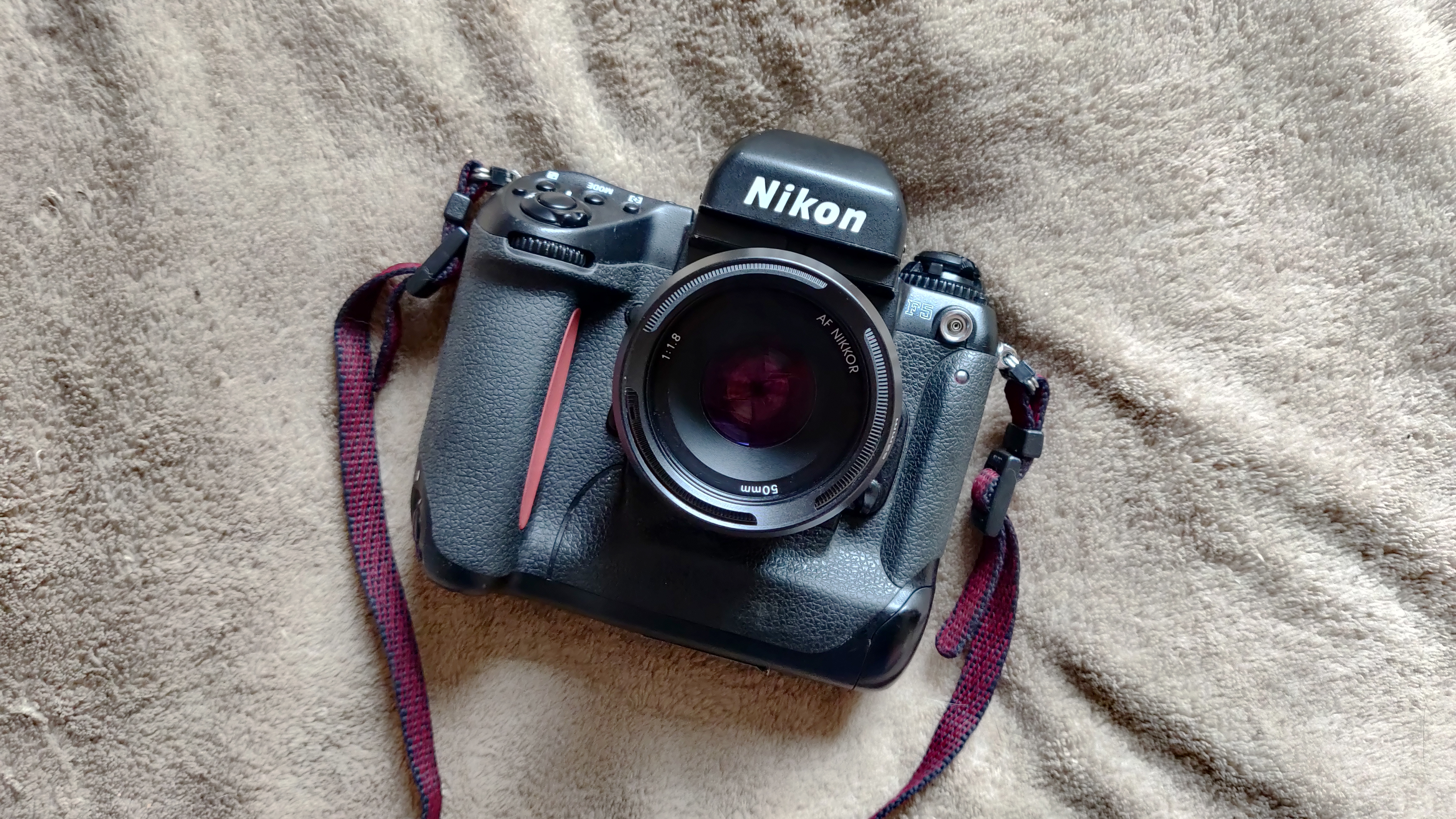
Home scanning
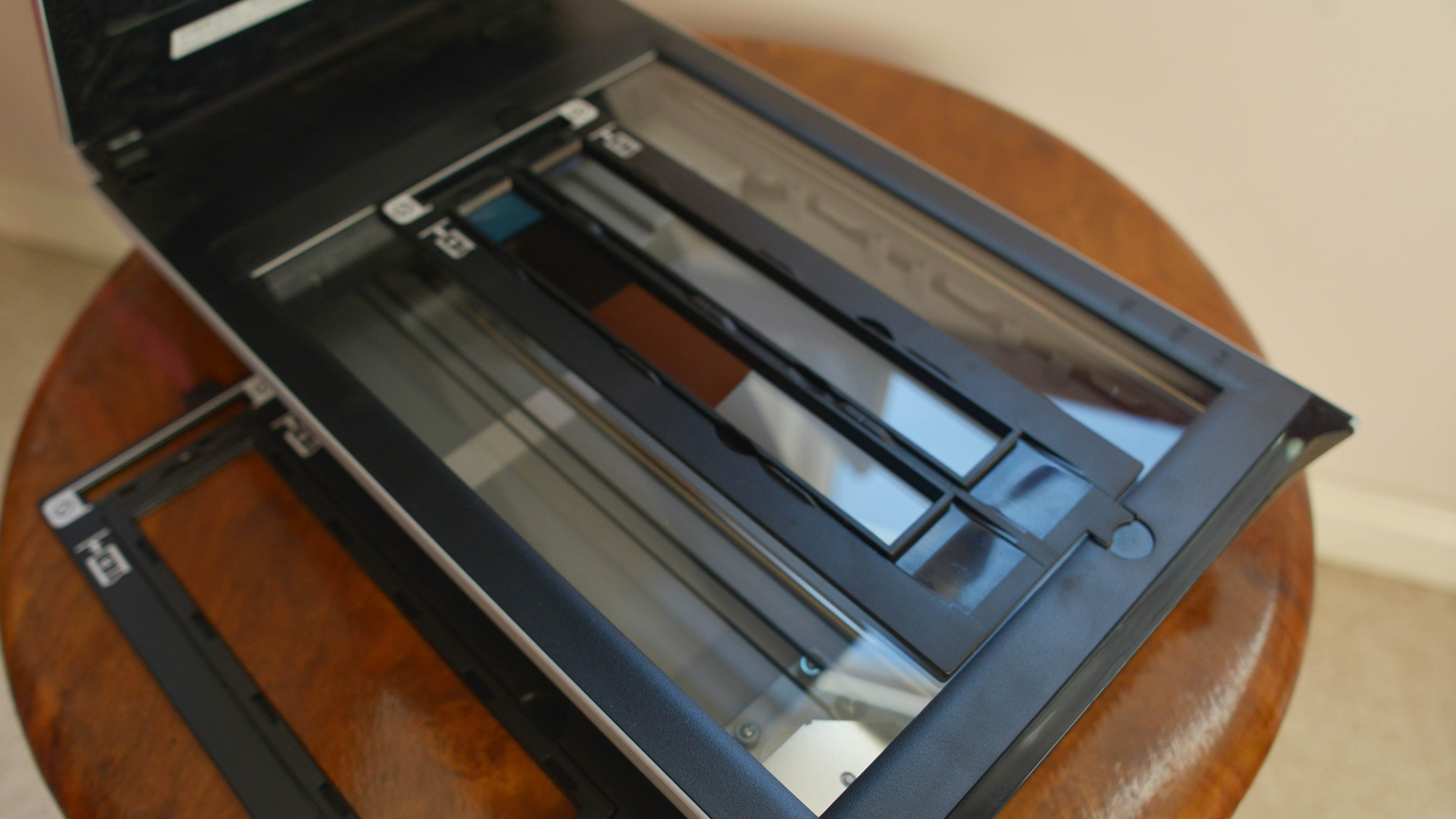
Scanning film at home is another way to keep costs low while maintaining creative control over your images. The best film scanners are more widely available than ever and enable you to digitize your negatives while giving you control over the final output, including color balance and resolution.
While there is a learning curve involved, mastering your scanner settings can produce results comparable to those from professional labs. If you find your initial scans lacking, you can always get your negatives scanned at a lab as a backup. This flexibility ensures that you’re not at the mercy of lab technicians and can tailor the final look of your images to your liking.
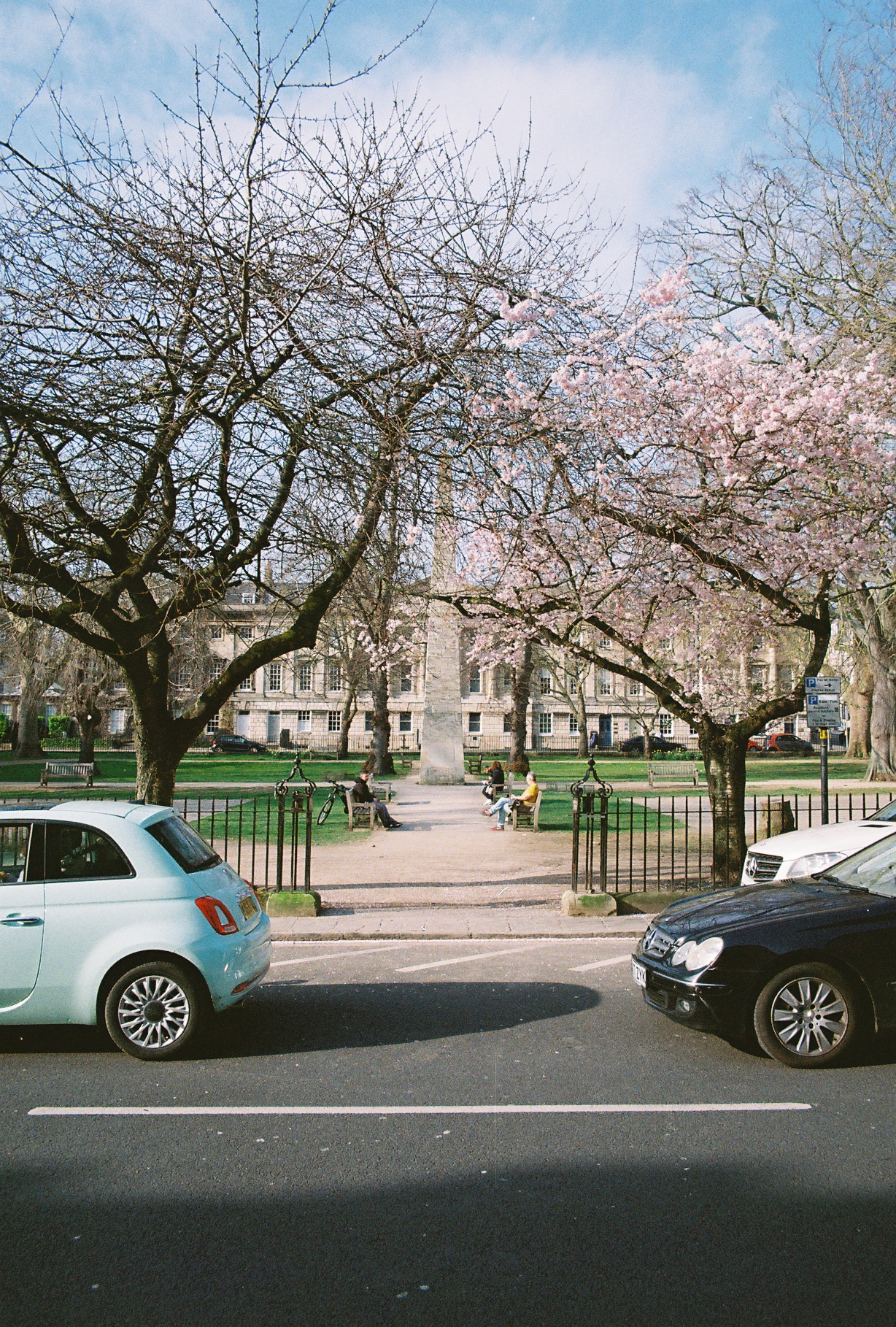
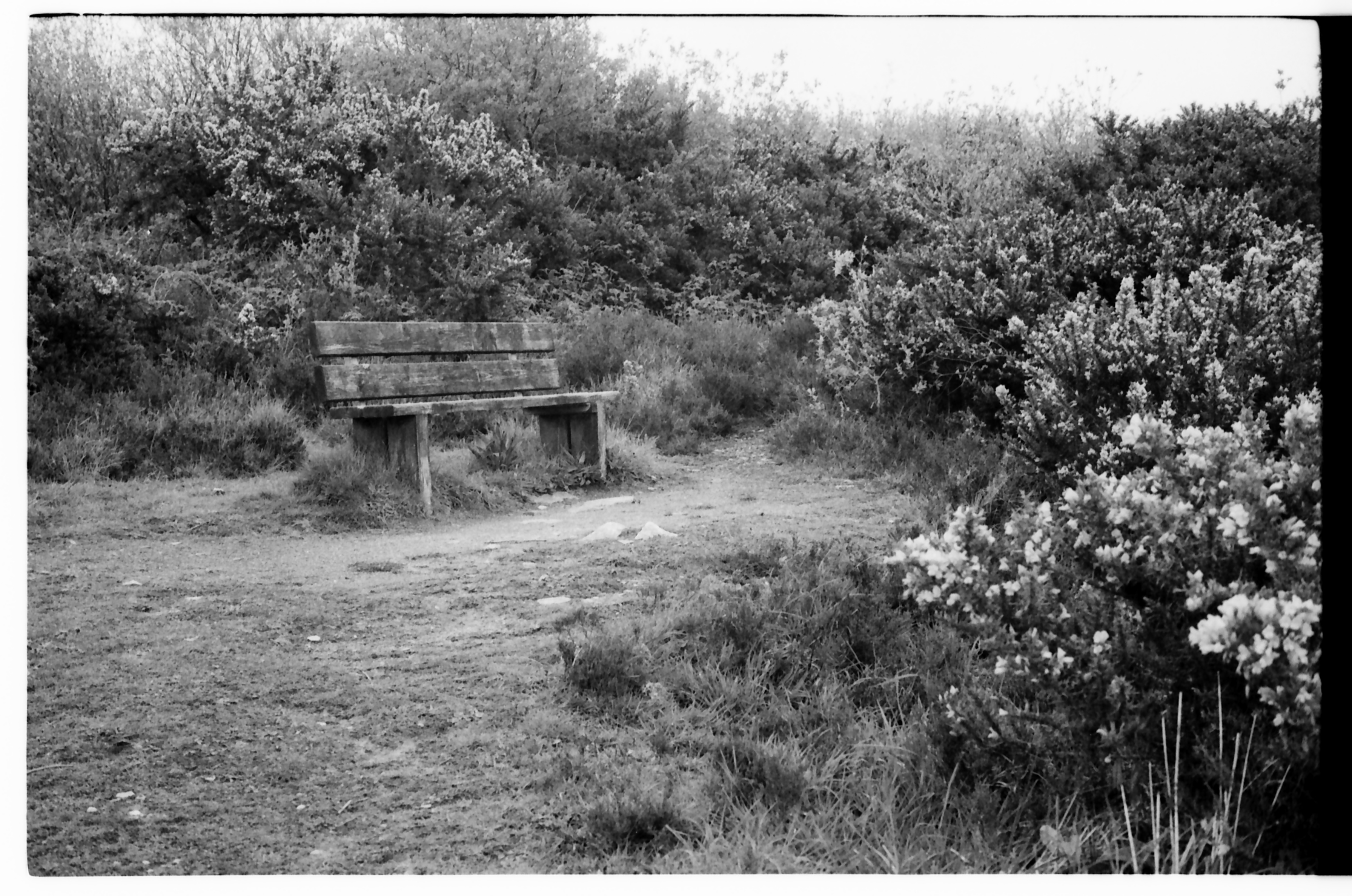
Film photography does not have to be an expensive endeavor. By exploring cost-saving measures like bulk-loading film at home, developing your negatives, opting for affordable camera options and scanning at home, you can enjoy the unique and rewarding experience of shooting on film without a hefty price tag.
These practices not only make film photography more accessible but also empower photographers to take greater control over their creative process, leading to more personal and satisfying results.
Make sure you're using the best 35mm film for your camera. If you're an analog fan, you might want to try out the best instant cameras – and if you like the look of film cameras, but prefer the advances of digital, then check out the best retro cameras.







